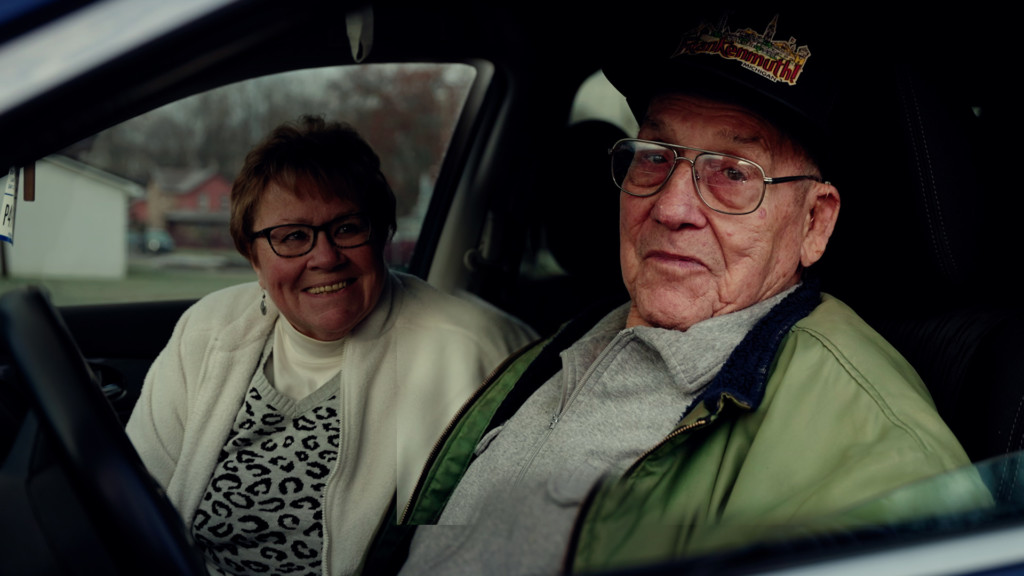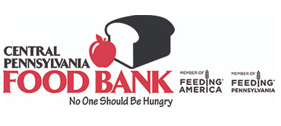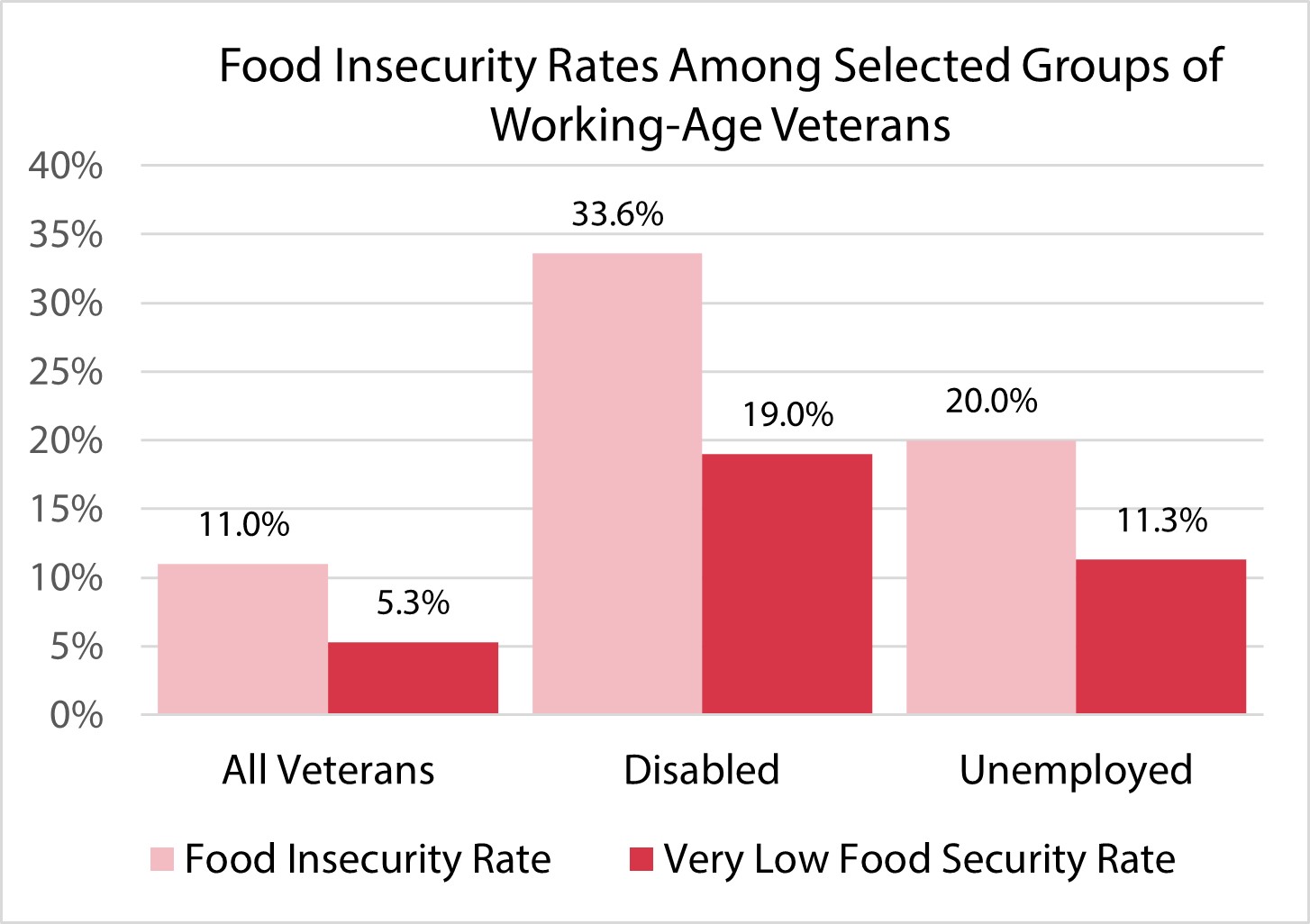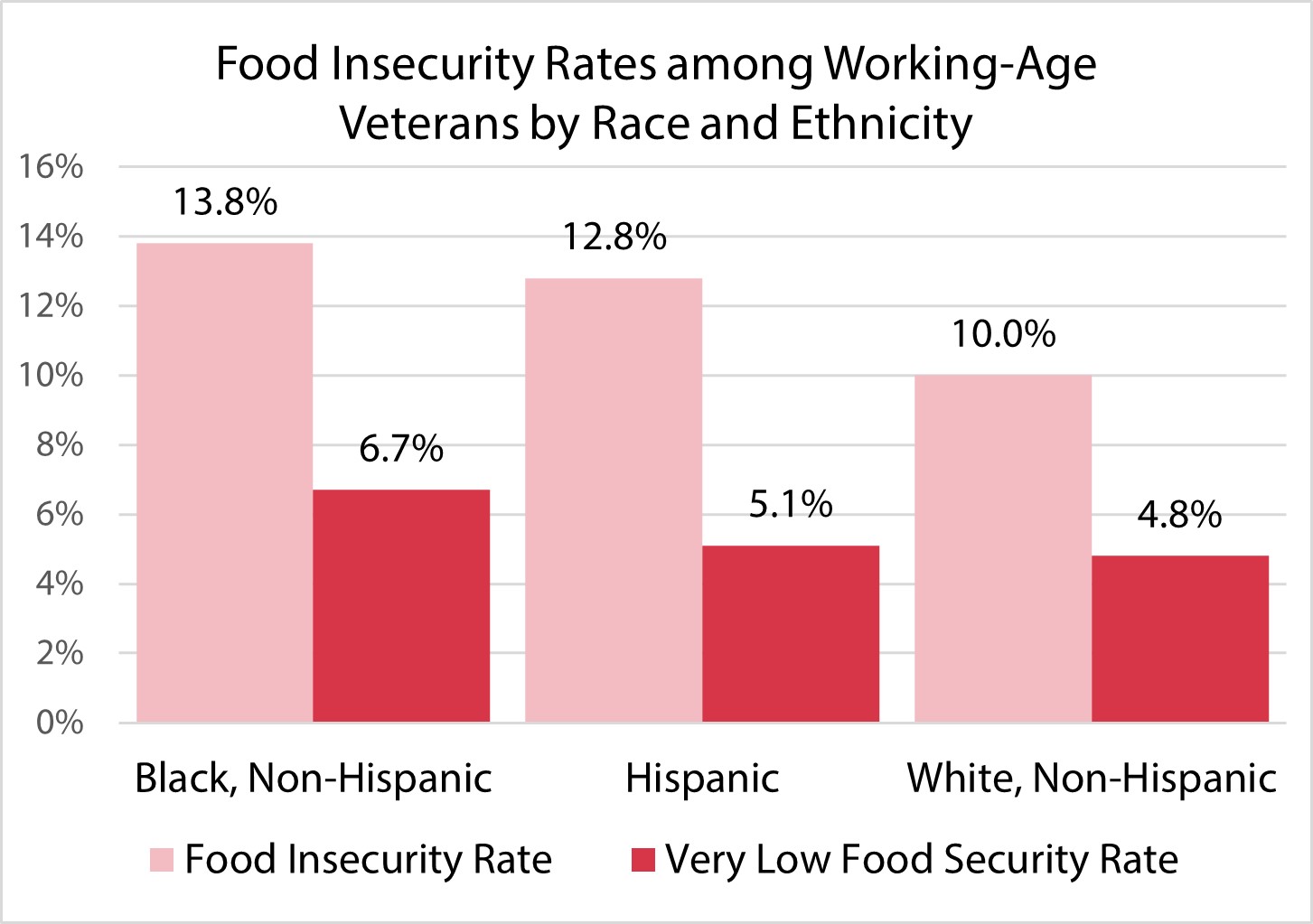Veterans are heroes living alongside us. Pennsylvania has the fourth-largest veterans’ population in the country at nearly 700,000 strong, and quite a few of those make their home in central Pennsylvania. These vets and their families have made tremendous sacrifices in the fight to protect our freedoms, yet unfortunately, many must also fight food insecurity.
According to a May 2021 study by the USDA’s Economic Research Service, veterans between the ages of 18 and 64 had a food insecurity rate of 11.1% nationally, which was similar to that of the non-veteran working-age population food insecurity rate of 11.2%. About one in 20 working-age veterans lived in households that had very low food security, meaning that they needed to use severe coping mechanisms like going hungry and skipping meals.
Although overall food insecurity rates between veterans and non-veterans of working age were comparable, after adjusting for substantive demographic differences between the working-age veteran and nonveteran population, veterans were 7.4% more likely to live in a household that faced food insecurity and 9.2% more likely to be in a very low food security household.
The USDA study posits that reasons for this disparity might be that veterans participated in SNAP at lower rates than non-veterans, possibly due to stigma, and that veterans were more likely than others to have a work-limiting disability. These are both factors that can make it especially challenging for households to make ends meet.
Some groups are disproportionately food insecure:
- Just over one-third of disabled veterans were food insecure, as were one-fifth of unemployed veterans. A staggering 19% of disabled veterans experience very low food security.
- 13.5% of female veterans were food insecure, which is nearly three points higher than male veterans. Very low food security rates were also higher among female veterans at 7.3%, compared to 5% for male veterans.
- Non-Hispanic Black veterans had a food insecurity rate two and a half percentage points higher than the general veteran food insecurity rate. Very low food security rates for Non-Hispanic Black veterans were also higher than those of Hispanic and White, non-Hispanic veterans.
Veterans and members of the military help us in our nation’s time of need. It is critical that we help them in theirs. They fought for our freedom; by providing them with food to feed their families, we are fighting for their future. Learn more about the Central Pennsylvania Food Bank’s MilitaryShare program.
***
Deborah who picks up food at the Duboistown MilitaryShare comments, “It’s just a big help, takes a big dent out of what we have to put out for groceries each month. And then to be able to share with family too as far as when we prepare meals. And it’s just a very uplifting contribution to the neighborhood and the community.”
Veterans and members of the military help us in our nation’s time of need. It’s critical that we help them in theirs.
Thank you to everyone who served our country and protected our freedom. On this day and every day, we honor you. #VeteransDay



